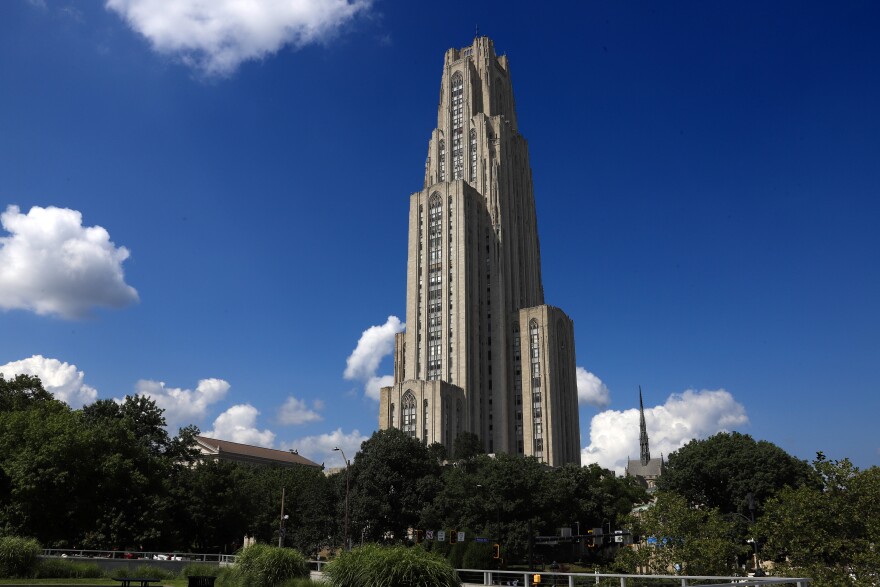The University of Pittsburgh Brain Institute is working to unlock new therapy treatment for people with Parkinson’s disease. Researchers studying how to use neural pathways in the brain to restore movement in the body were awarded another $8 million dollars, the University announced late last week. The announcement follows a previous $12 million award from the same initiative, Aligning Science Across Parkinson’s .
Peter Strick, chair of the Department of Neurobiology at Pitt School of Medicine, is leading the research which builds upon the success of deep brain stimulation treatment by pinpointing neuro pathways in the brain that could be the key to improving motor functions. “Some Parkinson patients can show remarkable motor abilities despite their motor disabilities,” Strick said. “What we know about brain connections right now is just the tip of the iceberg.
” Parkinson’s Disease is typically characterized by progressive physical disabilities including the slowing of walking, stiffened motions and hand trembling. These symptoms arise due to the death of nerve cells in an area of the brain called the substantia nigra, which sits at the bottom of the brain at the basal ganglia. Strick’s research centers on a neuronal pathway called the Open Loop Circuit which could provide a new connection from the basal ganglia to the motor cortex of the brain.
But some patients who have been physically disabled by the disease have had their symptoms alleviated by placebos or.


















